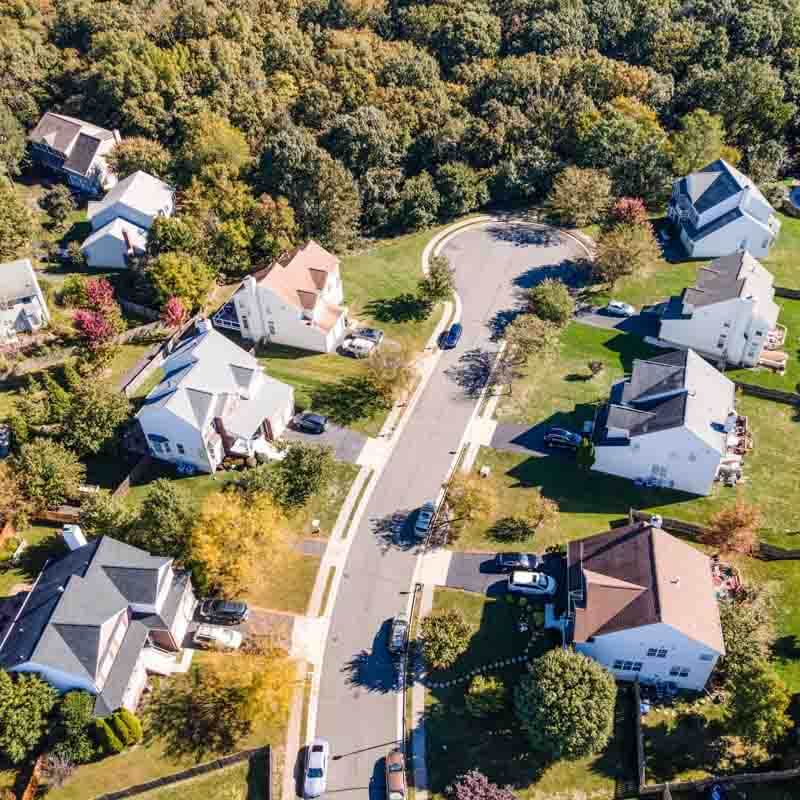Chapter 3
Short-Term Rental Identification
Chapter 1
What is a Short-Term
Rental?
Chapter 2
Using Software to Manage Short-Term Rental Compliance
Chapter 3
Short-Term Rental Identification
Chapter 4
Setting Up a Short-Term Rental Registration System
Chapter 5
Chapter 6
Providing Short-Term Rental Resources to Your Community
Chapter 7
Short-Term Rental Policies & Practices Across the U.S.

Identifying short-term rental (STR) properties can help communities gain a comprehensive understanding of the scope and scale of STRs within the jurisdiction. Accurate short-term rental identification can also help local governments in a multitude of other ways, such as monitoring compliance, analyzing trends, and identifying areas for improvement.
But for many communities—especially those with high tourist numbers—the volume of STR listings fluctuates by season and, in some cases, on a daily basis. With the continual change in active listings, keeping track of STRs can be particularly challenging. Add to that the need to organize and manage the data, incorporate changing regulations, and keep up with the rapidly evolving nature of the industry itself.
To manage the process more efficiently, local governments often leverage short-term rental software. The most effective software will collect and organize STR information, helping local governments understand their local short-term rental landscape. To maintain accurate data on STR activity, an identification system should continuously check for new listings in the defined vicinity.
When a new listing appears, the software provider should have a process in place to verify if it is a real listing and whether it complies with jurisdiction guidelines. When seasonal tourism picks up, the in-depth review process should not change even though they might be considered seasonal listings. This is to ensure government agencies always have an up-to-date number of listings to determine who is compliant with local regulations.
Why is short-term rental identification important to local governments?
Identifying active short-term rentals helps local governments understand the impact on their community and better plan how they want to manage STRs going forward. It’s also the first step in collecting contact information from STR property owners. This is especially helpful if the jurisdiction needs to communicate changes in legislation or if they want to present resources, such as best practices for operating an STR safely, to local STR operators.
Short-term rental identification also benefits local governments that want to:
Increase compliance with local regulations
Some communities have regulations to help manage short-term rentals. For example, certain local governments require STRs to be licensed, while others have limitations on the number of days a property can be rented out each year. By identifying the short-term rentals in a community, local governments can better determine if local regulations are being followed. For STR operators that are not in compliance, the identification process simplifies outreach to communicate the requirements.
Collect short-term rental revenue
For local governments that collect taxes on short-term rentals, identifying the number of properties can help determine whether the jurisdiction is missing out on tax revenue. Short-term rental identification software that enables local governments to see which STR operators are paying their share of taxes and fees, will help in maximizing the revenue that can be reinvested into the community.

Learn how Rutherford County, TN uses software for short-term rental identification
Maintain community character
For communities concerned about whether short-term rentals will have a negative impact on the community, STR identification can help them determine how increases in noise, traffic, or parking congestion might be related. By identifying how many STRs they have, local governments can take steps to protect the character of the community, gathering data on the current distribution of short-term rentals and communicating directly with owners about best practices.
Promote safety for residents and visitors
Knowing where STRs are located has the potential to facilitate and enhance neighborhood safety since some communities require STRs to have regular safety inspections. Short-term rental identification can help local governments take steps to protect residents and visitors by addressing any safety concerns and reducing potential issues related to noise or overcrowding.
There are many reasons why short-term rental identification is important. Knowing the number of properties in a community can help local governments better manage the impacts of STRs and focus on the safety and well-being of residents and visitors.
Accurate Short-Term Rental Identification is Essential
Accurately identifying the short-term rental properties in a jurisdiction is essential for local governments to effectively manage the growing industry. By adopting the latest identification methods, local authorities can optimize tax collection, improve compliance, promote neighborhood safety, and help preserve community character.
Deploying the right software is a key step in achieving a more efficient STR identification process. Contact us today to learn how GovOS can help.